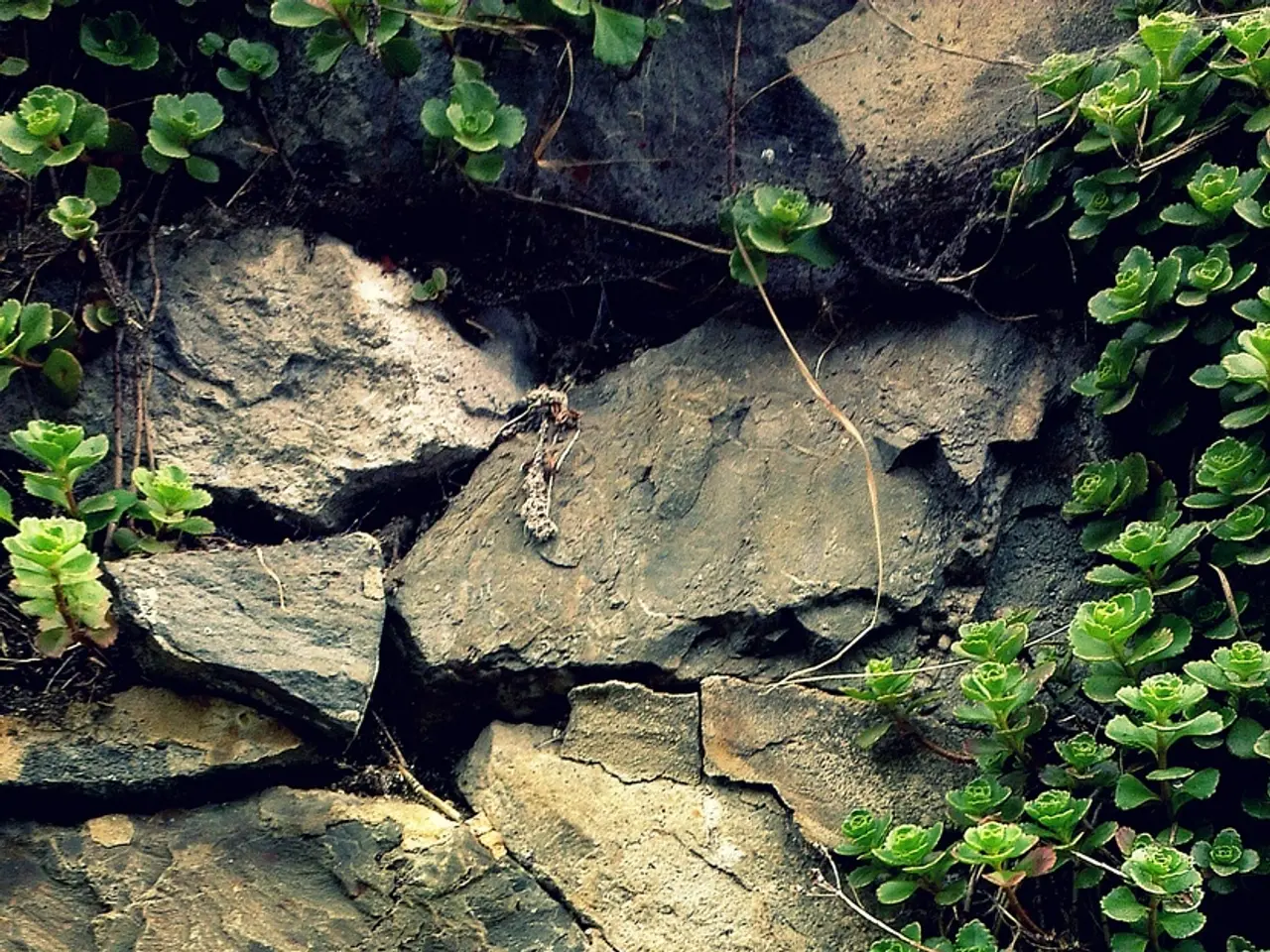Examining and Assessing Infrequent Occurrences of Natural Citrine
In the realm of precious stones, citrine stands out as a captivating gem, known for its warm, sunny hues. This radiant yellow-orange gemstone is a fascinating transformation of another quartz variety – amethyst, which is purple in colour.
The natural colour of rare natural citrine gemstones primarily originates from the oxidation state of iron impurities within the quartz structure. Citrine forms when natural heat and pressure are applied to amethyst over long geological periods, causing a change in the oxidation state of iron that shifts the colour from purple to yellow, orange, or reddish hues characteristic of citrine.
Iron impurities in the quartz crystal are the key element responsible for colour. The natural heat and pressure over long periods alter the iron’s oxidation state, which changes the crystal's colour from amethyst’s purple to citrine’s yellow-orange. This process happens naturally in the Earth but is quite rare, making natural citrine less common than heat-treated amethyst sold as citrine.
Citrine's warm colours come from iron impurities modified by natural heat and pressure, changing the way light interacts with the stone. The gem reflects yellow and orange wavelengths, giving citrine its distinctive colour.
Citrine has been used in jewelry for centuries, with many examples from Greek and Roman lapidaries. Today, it continues to captivate jewellery lovers with its radiant beauty. One notable example is the Jolie Citrine necklace, donated to the Smithsonian by actress Angelina Jolie, featuring 64 graduated bezel-set, cushion-cut citrines with a 177.11-carat pear-shaped citrine drop.
Natural citrine is moderately dichroic in two shades of the body colour, while heat-treated amethyst does not show pleochroism. This difference in optical properties can help distinguish natural citrine from its heat-treated counterpart.
Citrine's chemical formula is SiO2, and it belongs to the Quartz species with a Trigonal crystal system and a hexagonal prism with rhombohedral terminations. Its hardness is 7, making it durable enough for everyday wear.
Citrine has been reported from various localities, including Brazil, Madagascar, Spain, Norway, Russia, Bolivia, the Austrian Alps, Zambia, Russia, Kazakhstan, and Australia. Despite its global distribution, natural citrine remains a rare find due to the specific geological conditions required for its formation.
Heat treatment is a common method to turn amethyst into citrine, involving heating crystals to 250 to 500 degrees Celsius for a few hours. However, if heat-treated over 350 degrees Celsius, natural citrine can discolor.
For a long time, citrine has been mistaken for topaz due to their similar colours. However, the yellow colour of citrine can vary greatly, from reddish-brown to greenish-yellow, with different trade names for specific colour variations.
In brief, the natural beauty of citrine is a testament to the power of nature, transforming amethyst into a radiant gemstone through slow, geological processes. Its warm colours and durable structure make it a popular choice for jewellery, adding a touch of sunshine to any outfit.
- Science and technology have played a role in replicating the natural process of turning amethyst into citrine, as heat treatment is a common method to achieve this transformation.
- The medical-condition market has seen an increase in demand for natural citrine jewellery due to the association of the warm, sunny hues with improved mood and emotional well-being, contributing to the lifestyle sector.
- Space-and-astronomy enthusiasts often appreciate the connection between citrine, formed under high pressure and heat conditions deep in the Earth, and the extreme conditions prevalent in the cosmos.




